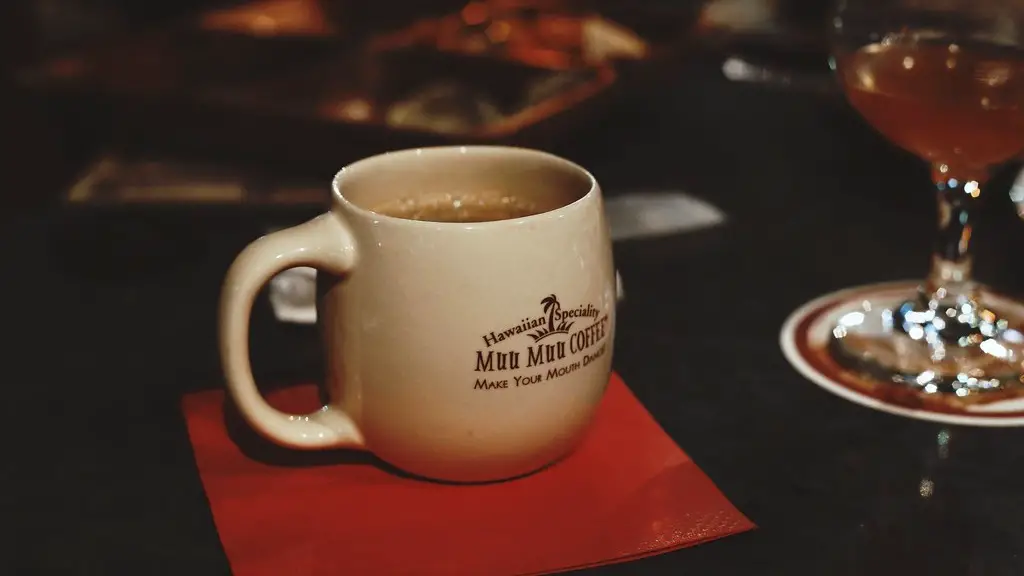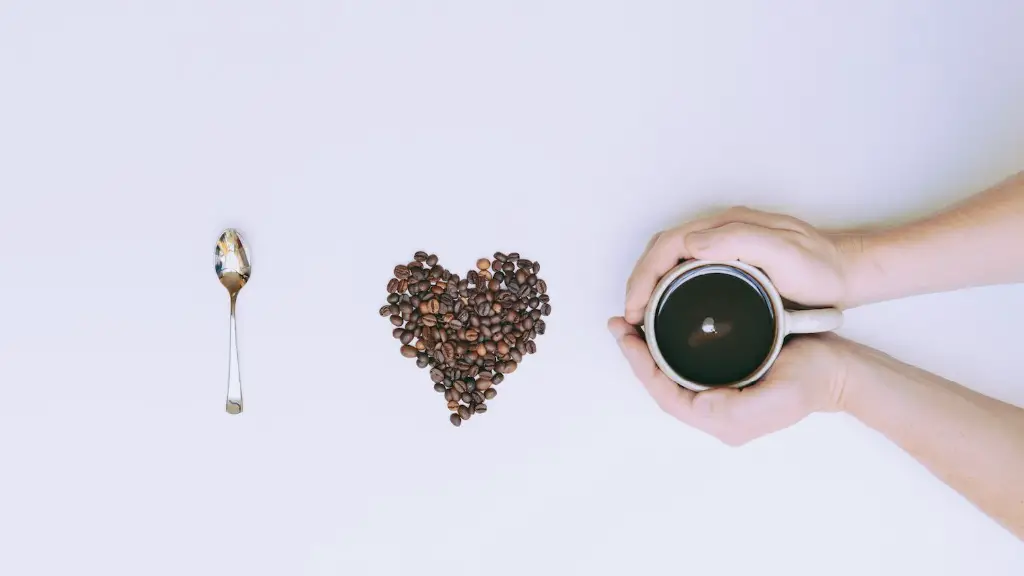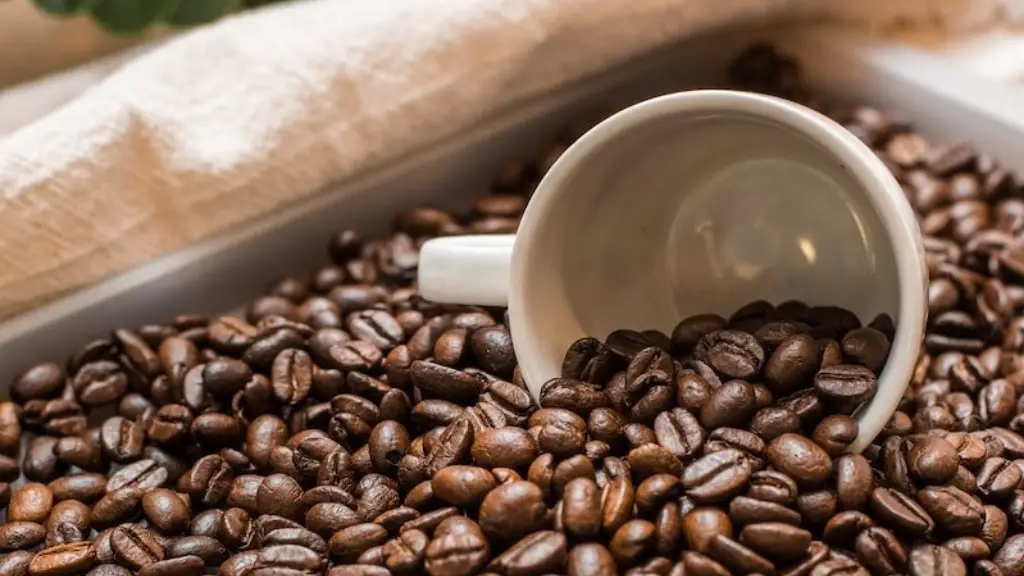Coffee has become a staple morning beverage for millions of people around the world but its one draw back is the potential for staining teeth. But the good news is, coffee stains on your teeth can be avoided and you can still enjoy the coffee you love.
The most important tip for preventing coffee stains on teeth is to brush your teeth or rinse your mouth after each cup of coffee you consume. Coffee is acidic and if it is allowed to interact with the enamel of your teeth it can cause discoloration. Plaque and bacteria can also feed on the residue of coffee and ease the staining process.
Wine and soda acidity levels exceed those of coffee, so it pays to understand that coffee acidity is not as much of a worry as you might think. That said, drinking coffee through a straw can minimize staining. This is because you are purposefully keeping the coffee away from your teeth.
Adding milk to your coffee can also reduce the risk of staining because milk is alkaline and neutralizes the acidity. The downside is that adding milk to your coffee means that you are adding more calories, which you would do well to consider.
Drinking iced coffee is another good option to help you avoid staining. Iced coffee is usually not as acidic as hot coffee, so if you can enjoy it without sugar or dairy, it is a great option. Furthermore, cold drinks tend to be sipped rather than gulped, so less coffee covers your teeth longer.
Finally, there are dental products you can use to prevent coffee staining. For example, using a whitening toothpaste can reduce the potential for coffee staining. The abrasive compounds in toothpaste can help remove coffee particles more easily. The active ingredients in whitening toothpastes can also help reduce signs of staining over time.
Herbal Coffee Alternatives
Some people prefer drinking coffee for its musky, coffeehouse aroma and uplifting energy. But coffee also contains caffeine, which can be harsh on your system, especially when consumed daily. In this case, consider opting for an herbal coffee alternative — such as chicory, yerba mate, and dandelion root or ginger.}
Each of these herbal alternatives is easily found online, or available in natural food stores. Plus many popular coffee chains even offer organic herbal coffee options.
One of the advantages of herbal alternatives is that they provide antioxidant and anti-inflammatory benefits. Plus, they have a smoother taste and deliver added health benefits without the crash you would get after drinking coffee.
Herbal coffees are rich in phytonutrients. For instance, roasted chicory helps improve digestion and is even known to support liver health. Similarly, yerba mate contains minerals, vitamins, and antioxidants such as vitamin A and Vitamin C. But really all herbal coffees are a great way to add nutrients to your daily routine.
However, one downside of herbal coffee alternatives is that they don’t contain caffeine, so you won’t get the same energy boost from them that you would from a cup of coffee.
Eliminate Coffee Acidity
Although the acidity of coffee isn’t that high, adding some alkaline foods or drink to your coffee can actually make a difference in the taste and acidity levels.
Buttermilk is a great option for eliminating some of the acidity found in coffee. It’s rich in lactic acid, which helps balance out the high acid levels of coffee. All you need to do is add a bit of it to your cup of coffee.
In addition to buttermilk, adding some lemon slices to your coffee can also reduce coffee acidity. Lemons are full of alkaline properties, and they help reduce the acidity levels in coffee. Simply drop a wedge of fresh lemon into the coffee before you sip it.
Not a fan of citrus flavors? Coconut milk is an ideal way to neutralize the acidity of coffee. Its creamy texture is a great addition to coffee, plus it’s lower in fat than milk and cream.
You can also make your regular coffee less acidic by adding baking soda. Simply add around a teaspoon baking soda for every cup of coffee, stir, and let the mixture sit for at least five minutes. The baking soda will help neutralize some of the coffee’s acidity. Finally, strain the mixture and enjoy your low-acid coffee.
Other Ways to Protect Teeth
Besides adding milk and avoiding acidic ingredients, using a straw when sipping your coffee can also reduce exposure to your teeth. Keep in mind, however, that using a straw doesn’t actually prevent coffee from being released into your mouth, so it’s still best to rinse with water after drinking your cup of joe.
You can also reduce the chances of staining by neutralizing it with a teeth whitening treatment. These products are designed to be used before or after drinking coffee to counter the staining effects of the beverage and can help prevent discoloration over time.
Using a toothpaste specifically designed for whitening is also recommended. This type of toothpaste can act a protective layer for your teeth, preventing staining and discoloration. Be sure to look for both whitening and anti-stain ingredients like silica, peroxide and others.
Finally, making regular dental visits should be part of your routine. Having your teeth professionally cleaned and examined at least twice a year will ensure that any potential staining is minimized and any issues are addressed as soon as possible.
At-home Remedies to Remove Stains
If you’ve already started to get stains from drinking too much coffee, there are some at-home remedies you can try in order to remove them. For instance, brushing your teeth with baking soda and hydrogen peroxide is a popular remedy to remove coffee and other stains from your teeth. You can even add lemon juice to the mixture to help enhance its whitening capabilities.
Another common home remedy is to brush your teeth with activated charcoal paste or powder. Activated charcoal powder can act like a magnet to draw out any impurities, including coffee and other stains, away from your teeth. All you need to do is make a paste by combining the charcoal powder with a little bit of water and then gently brush your teeth with it.
You can also combine baking soda and lemon juice to create a whitening paste. Start by mixing one teaspoon of baking soda and two teaspoons of lemon juice. Apply the paste to your teeth using a clean toothbrush and then let it sit on your teeth for around one minute before rinsing your mouth with plain water.
This remedy will not only help remove coffee stains, but it will also help make your teeth look whiter and brighter. Make sure to use it sparingly, as doing it too often can cause damage to the enamel on your teeth.
Maintain Dental Hygiene
The best way to make sure your coffee doesn’t stain or discolor your teeth is to simply practice proper dental hygiene. Brushing your teeth twice a day for two minutes and flossing regularly can help protect your teeth from staining and also prevent decay.
Another smart tip is to rinse your mouth with water after drinking coffee or any other dark-colored drink. This simple step can help prevent coffee stains without actually having to brush your teeth.
Regular dental check-ups are also an important part of maintaining your dental health. A good dentist will be able to suggest the best dental treatments for you to prevent coffee stains and remove those that have already developed.
In addition, using a straw when sipping coffee can help minimize contact between your teeth and the coffee. This will help to lessen the chances of staining while still enjoying your favorite caffeinated beverage.
By following these simple tips, you can enjoy coffee without worrying about staining your teeth.





